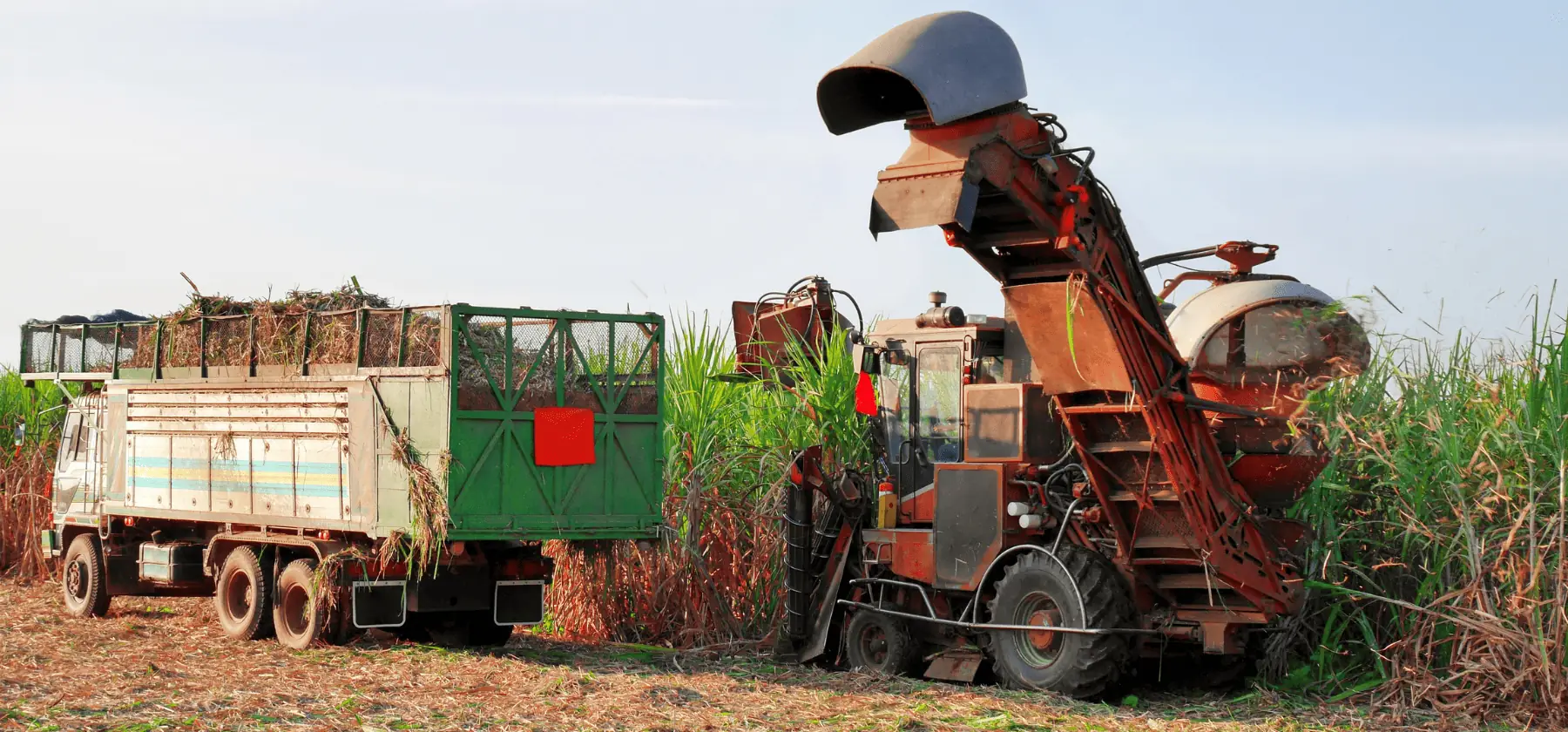India’s weather patterns are once again becoming a significant concern for the sugar industry. In particular, Maharashtra, a major sugarcane-producing state, has encountered insufficient rainfall over the last 15 days, raising doubts about sugarcane production prospects.
At the beginning of August, ISMA released its preliminary estimates of sugar production for the 23/24 season by State. Nationally, the estimated total sugar production was 31.68 million metric tons, reflecting a 3.4% decrease compared to the 22/23 season. Maharashtra, which stood as the second-largest sugar-producing region during the previous crop season, had already indicated an anticipated 8% reduction in total production before accounting for ethanol diversion. Currently, industry experts are predicting a more substantial decline of 15-20% in Maharashtra’s sugar production for the upcoming season. Should the prevailing weather conditions persist, there is a risk of a potential deficit of 2 million metric tonnes in sugar output.
Explore tip: We invite you to use our free sugar calculators for tasks like determining the import parity for raw sugar.
In light of this potential decrease in production, some news about India banning sugar exports on the 23/24 crop starting in October reached the market. This prospective restriction would mark the first instance of sugar shipment suspension in seven years and is primarily attributed to the adverse impact of reduced rainfall on sugarcane yields. Upon receiving the news, there was a minor uptick in sugar prices, although the market has since experienced a moderate decrease in activity. Follow Vesper for the most up-to-date global sugar prices.
What’s next
Looking ahead, weather forecasts for India suggest the possibility of below-average rainfall across multiple regions in September. Maharashtra, Telangana, and the West Coast are projected to be the most severely affected areas. This expected lack of rainfall could further strain the availability of sugarcane, resulting in operational hurdles for mills and potentially leading to diminished sugar production and exports on the global stage. Consequently, this scenario might pave the way for an upsurge in sugar market prices.
Together with India’s decision to withdraw from the sugar export market, given its prominent role, there is a potential for benchmark sugar prices to escalate even further in key trading centers like New York and London. Given that these markets are already witnessing prices at multi-year peaks, India’s action might amplify concerns about inflation in the global food market.
